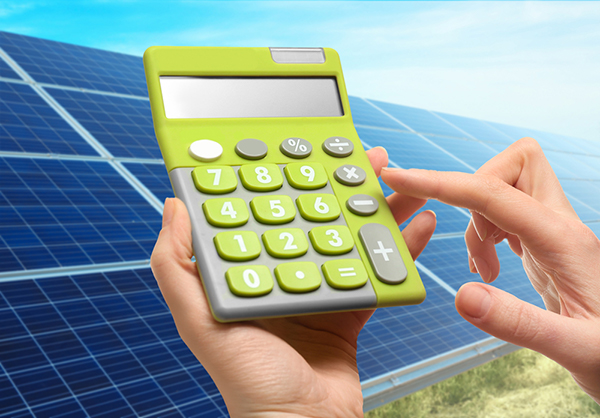While there are many reasons to try solar energy, among them is most certainly the desire to decrease the amount of money you have to pay to power your home. Therefore, before seriously considering installing a solar energy system, including solar panels, shingles and/or solar batteries, you probably wonder how long it will take you to reap the benefits of said investment. Read on to learn the answer to that pertinent question:
Consider Your Current Power Bill
Most American households pay around $112.28 monthly to power their home. If this is close to what you pay, you can expect to either greatly reduce that bill or make it obsolete immediately after installing a solar power system. Of course, when you contemplate the return on your investment, you have to consider more than just the savings you will enjoy on your electric bill, you also have to take into account how much it costs to install such a system. Therefore, you would have to add up the monthly savings until they equal the amount you paid to install your system before you can consider yourself breaking even, then from that point forward, you are earning a return on your investment. So, the question really becomes, how many months/years does it take to reach that point? Thankfully, there is an easy answer for you…
How Long to See a True Return on Your Investment?
If your current electricity is a grid-tied system, you can expect to enjoy a return on your investment in anywhere from three to five years, if you install the system yourself. If you have it professionally installed, you will have to go a little longer to see your return. If you hire a contractor to do the work for you, expect to wait about five to seven years before you begin reaping the return on your investment.
Is It Worth It?
You should consider the fact that solar panels typically last 25 years. Therefore, if you take the longest return on investment listed above, at seven years and subtract it from the typical lifespan of a solar system, that gives you 18 years to enjoy a return on the investment you made. In addition, federal tax incentives and state level programs can also provide more savings, which can move the timeframe up for you to begin enjoying a return on your investment.
Here’s The Basic Formula To Determine The Return on Your Investment
To put it more simply, you can determine how long it will take you personally to yield a return on your investment.
(Complete system cost-value of incentives)—divided by—cost of electricity—divided by—annual electricity usage= payback period
- Total System Cost: Your complete system cost should include the cost of installation in its entirety, such as wages of professional contract workers, shipping on equipment, permitting for the project, and the equipment cost, along with any other monetary investment associated with installing and then getting a solar system up and running.
- Value of Incentives: This includes any incentives or credits you get for your solar system. The Solar Investment Tax Credit alone is a 30% credit off your federal taxes owed. You might also be able to find local or state savings as well.
- Cost of Electricity: Obtain this amount by contacting your utility provider.
- Electricity Usage: Find this number on your electric bill. Take the monthly usage amount and multiple this number by 12 for an average.
Enjoying a return on your solar energy isn’t something that will happen overnight. However, if you are patient and willing to wait, you can and will see a significant return on your investment, eventually.
Sources:
https://turbotax.intuit.com/tax-tips/going-green/federal-tax-credit-for-solar-energy/L7s9ZiB4D
https://www.wholesalesolar.com/solar-information/return-on-solar-investment

